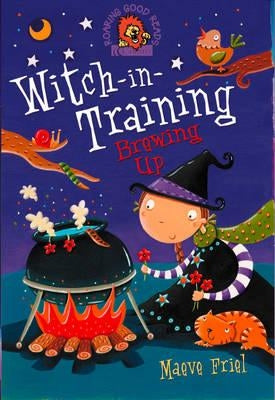Description
Chinese is rapidly becoming one of the most popular foreign languages taught in many countries all over the world; however, it is also one of the most challenging to learn. The standard method of teaching Chinese is often adopted from elementary schools in China, where students learn the language through repetition and practice. Unfortunately, this approach is not very effective for teenagers and adults living in other countries, as Chinese children are already familiar with the spoken language before entering elementary school. In addition, learning through rote memorization is not a good approach for teenagers and adults, who have stronger analytical abilities than young children. It is clear that more effective ways of learning Chinese are needed. Western languages are composed of letters with specific pronunciations. In this sense, we can call them audio languages. In contrast, Chinese is a visual language, originating from the images of objects. Therefore, reading is easier than speaking in learning Chinese. If total immersion in the language environment is not an option, studying Chinese characters first is recommended as this can form the foundation for reading and speaking Chinese later on. At first glance, Chinese characters are like randomly scattered beads, and beginners often feel that it is almost impossible to grasp this mysterious language. But if examined closely, the Chinese language is actually similar to a piece of tightly-knit silk woven from basic radicals. If Chinese characters are considered as the chemical compounds, the radicals are the elements in the periodic table. With two hundred radicals, thousands of characters can be constructed. In addition, the weaving process involves wisdom, philosophy, science, and even ancient legends. To introduce the intricate fabric of Chinese to its readers, this book follows the structure of a tree: each chapter is like a large branch, the sections within a chapter are like smaller branches, and each indiv
About the Author
Dr. Yumin Zhang has a strong interest in the evolution of Chinese characters, and he served as the principal in a Chinese school in Oklahoma a few years ago. He found that it is very helpful to learn Chinese by means of their radicals, in this way seemingly unrelated characters are well organized into families.





















































